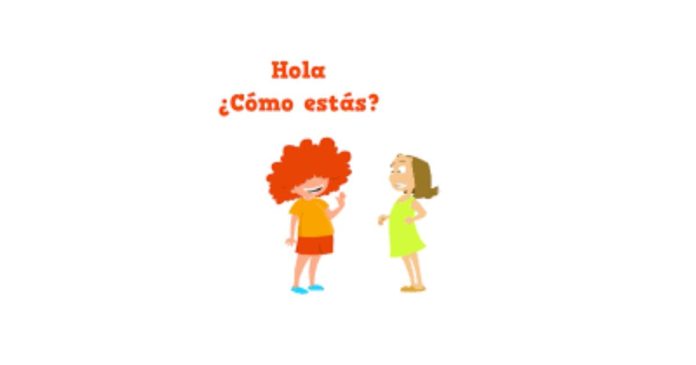The phrase “¿Cómo estás?” in Spanish, which translates to “How are you?” in English, is a commonly used greeting in Spanish-speaking cultures. While the individual words “como” and “estás” may seem confusing when translated literally, the phrase as a whole conveys a meaning that’s culturally and linguistically specific. Here’s a detailed breakdown of the question:
1. Understanding the Components:
- “Cómo”: This is the key part of the phrase. When “cómo” is written with an accent mark (as in “¿Cómo?”), it means “how.” Without the accent (as in “como”), it can mean “like” or “as,” but the accent distinguishes the question form, indicating inquiry rather than comparison.
- “Estás”: This is the second part of the phrase and is a form of the verb “estar,” which means “to be” in English. Specifically, “estás” is the second person singular conjugation in the present tense, meaning “you are” (informal).
2. Literal Translation vs. Idiomatic Expression:
- Literal Translation: The direct word-for-word translation of “¿Cómo estás?” would be “How are you?”
- “¿Cómo” = How
- “Estás” = Are (you)
- However, this literal translation is not always the most intuitive when looking at the individual components because “como” (without the accent) can mean “like” or “as,” which would make the phrase seem confusing if you only focus on the words separately.
3. Cultural and Contextual Meaning:
- “¿Cómo estás?” is an informal greeting, primarily used to ask how someone is feeling or how they are doing in that moment. While “¿Cómo?” literally means “how,” the phrase in its entirety is understood in a cultural context to be asking about someone’s well-being.
- It’s similar to how the phrase “How are you?” in English is not always asking for a literal explanation of one’s state (it could be a polite greeting rather than an inquiry into someone’s health or emotions).
4. Why “Estás” Instead of “Eres”?
- In Spanish, there are two primary verbs used to express “to be”: “ser” and “estar.”.
- “Ser” is used for permanent or inherent characteristics (e.g., “Yo soy profesor”—I” am a teacher).
- “Estar” is used for temporary states or conditions (e.g., “Estoy cansado”—I” am tired).
- In the case of “¿Cómo estás?”, “estar” is the appropriate choice because it’s referring to a temporary state, such as how someone is feeling in that particular moment, rather than a permanent trait.
5. Alternative Forms and Nuances:
- In Spanish, there are other ways to ask someone how they are, such as “¿Cómo te va?” (How’s it going?) or “¿Qué tal?” (What’s up?). However, “¿Cómo estás?” is by far the most commonly used form in casual, informal settings.
- Depending on the region, the formality of the interaction can change the verb usage. For instance, “¿Cómo está usted?” is the formal version, using the formal “you” (usted) to show respect, commonly used with people you don’t know well or with elders.
6. Why the Confusion with “Como”?
The confusion arises when the word “como” is seen without the accent mark. In this case, “como” can indeed mean “like” or “as.” However, in “¿Cómo estás?”, the accent on the “o” makes all the difference, signaling the question form rather than the comparison form. This is a common feature in Spanish, where accents are used to distinguish different meanings for the same word (e.g., “sí” meaning “yes” vs. “si” meaning “if”).
7. Cultural Relevance:
- Spanish-speaking cultures place a strong emphasis on politeness, and greetings like “¿Cómo estás?” are essential in daily interactions. The phrase is part of a larger social etiquette that values interpersonal communication and emotional well-being. While it may seem straightforward, it serves as a vital connection in human interactions and is often paired with more specific follow-up questions based on the response (e.g., “¿Todo bien?”—Is” everything good?).
In essence, “¿Cómo estás?” translates to “How are you?” because of the contextual meaning of the phrase, not just a literal word-for-word translation. “Cómo” means “how” (when accented), and “estás” is the second-person singular form of “estar,” meaning “are (you).” This greeting reflects Spanish-speaking cultures’ focus on checking in with someone’s well-being and establishing a connection in a socially meaningful way. The confusion about the word “como” arises when people mistake it for its non-accented form meaning “like,” but in the case of “¿Cómo estás?”, it’s a clear and culturally significant question.



